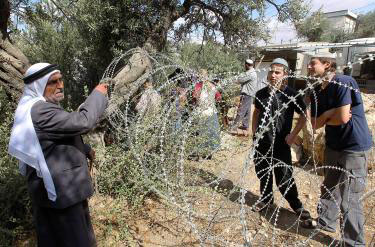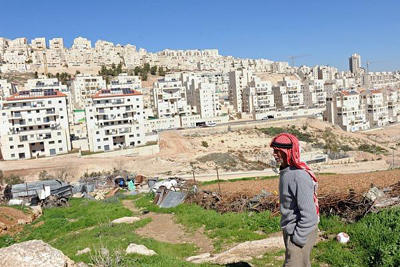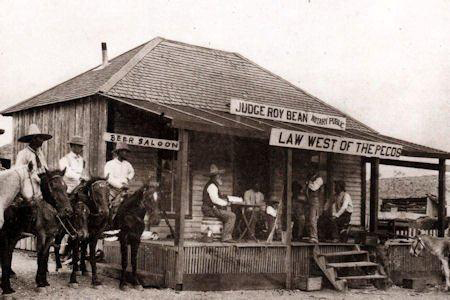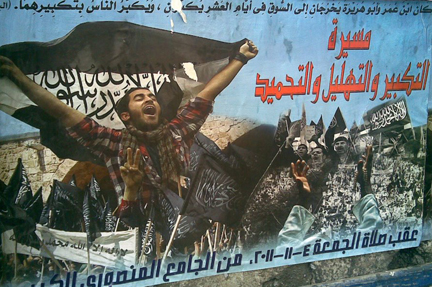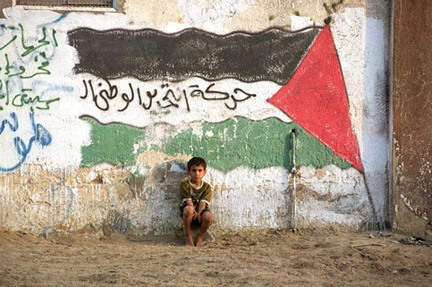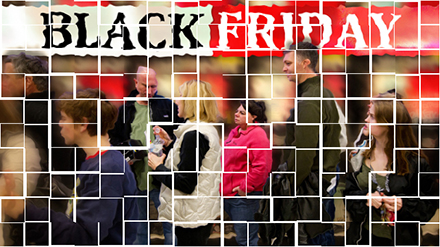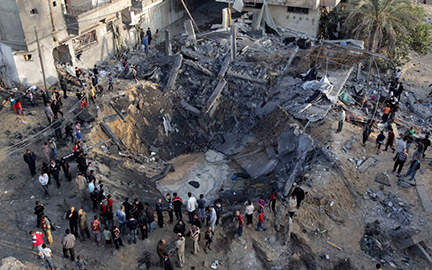
Gaza’s war-damaged Palestine Stadium
Israeli measures fuel international anti-Israeli soccer protests
By James M. Dorsey
A series of Israeli measures against Palestinian soccer culminating in an attack on a stadium in Gaza during last month’s confrontation with Hamas, the Islamist Palestinian group that controls the heavily populated strip along the Mediterranean, has fueled growing international soccer opposition to the Jewish state’s policies.
In the latest expression of discomfort, 62 professional players have called for depriving Israel of the right to host European soccer body UEFA’s 2013 Under-21 championship. Israel has already employed the championship to counter the image of being an area dominated by war and conflict that was reinforced by last month’s hostilities with Hamas that killed more than 150 Palestinians and five Israelis.
“In June we have the Under-21 here in Israel. I hope that everything will be quiet until then and we can show the different sides of Israel,†said Maccabi Tel Aviv defender Omer Vered in a BBC interview.
The statement by the players follows protests earlier this year by world soccer body FIFA, UEFA and players’ group FIFPro against Israel’s handling of a hunger strike of an imprisoned Palestinian player, Mahmoud Sarsak, accused of being a member of militant group Islamic Jihad, and the arrest of two other players suspected in involvement in violent anti-Israeli actions. Continue reading The Soccer Stadium that was
